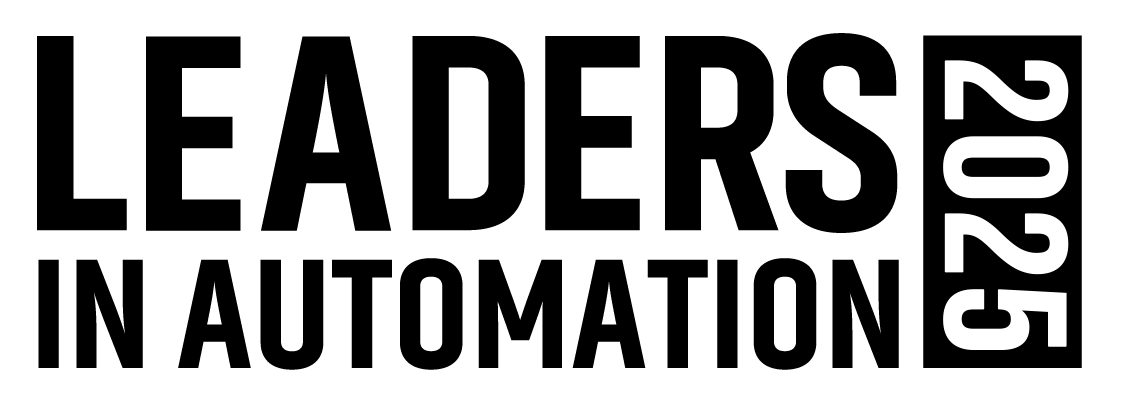The Future of Device Integration
Convergence momentum is building in the industrial networking space. Electronic Device Description Language (EDDL) is code embedded in devices that makes them easier to find, configure and report data over digital networks-principally Foundation Fieldbus and Profibus. Field Device Tool (FDT) was developed because many system vendors and device manufacturers felt they needed better display technologies for their devices. The technologies were supposed to be complementary. But, according to the Institute for Information Technology in Mechanical Engineering (ITM), in Garching, Germany, the existing situation is "unsatisfactory" to users and manufacturers alike. Therefore, engineers at the Institute have developed a concept to integrate the advantages of the two technologies into a "universal and clearly structured architecture." A white paper was presented to the EDDL Cooperation Team and to the FDT Group, who have each expressed interest in the concept. The concept will be demonstrated in the Profibus booth at the Hannover Fair, in Hannover, Germany, April 14-19. The demonstration includes Profibus, Hart, Foundation Fieldbus and CANopen.Institute for Information Technology in Mechanical Engineeringwww.itm.tum.de
